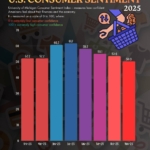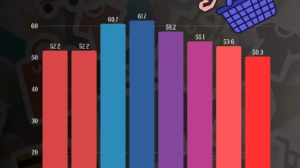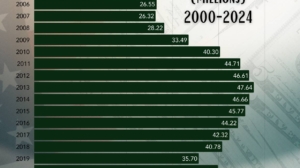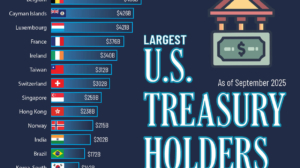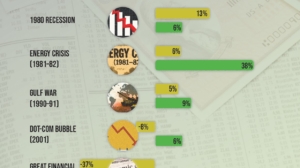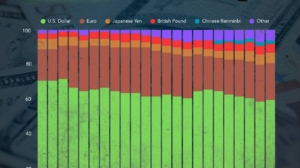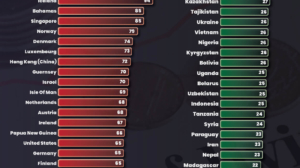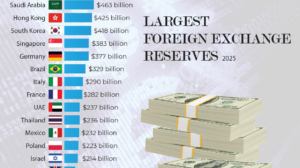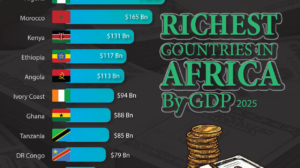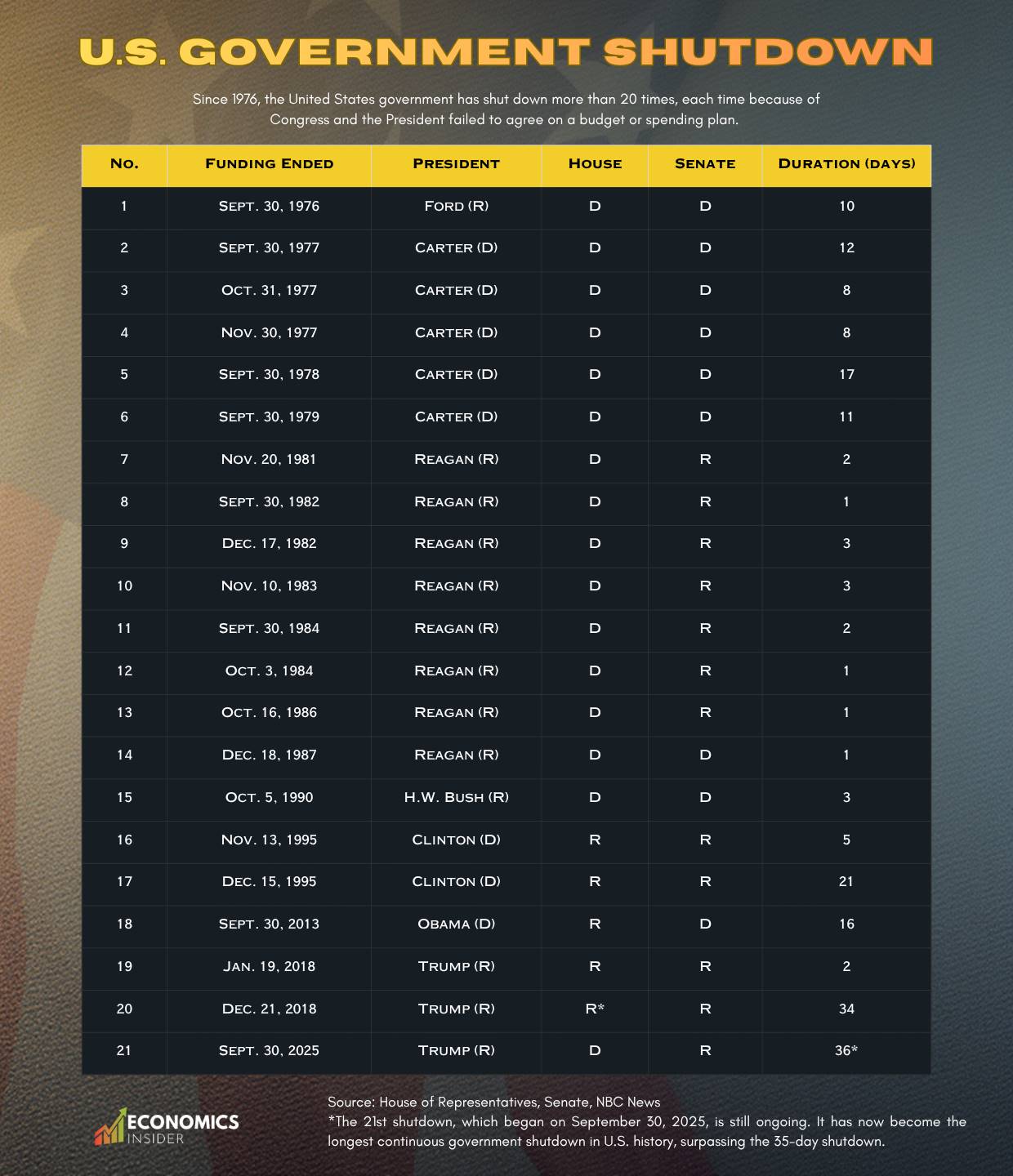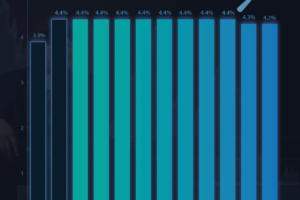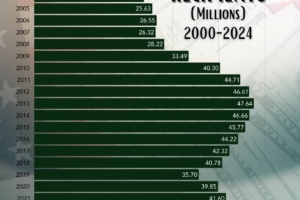Since 1976, the United States government has shut down more than 20 times, because of Congress and the President failed to agree on a budget or spending plan. The shortest shutdowns occurred during the presidency of Ronald Reagan, which lasted for only one day in the 1980s and barely caused disruption to the economy.
The latest government shutdown, which began in 2025, has now become the longest in U.S. history, lasting more than 35 days after a failed Senate vote to end the funding lapse. It has surpassed the previous record set in 2019.
Yet, the most damaging was the one under President Donald Trump that began on December 21, 2018, and lasted for 34 full days. During that period, approximately 800,000 federal workers went unpaid, national parks closed, air travel was disrupted, and the U.S. economy lost about $11 billion, according to the Congressional Budget Office.
US Government Shutdown
The following table provides an overview of all government shutdowns in the United States.
| Funding Ended | President | House | Senate | Duration (days) |
|---|---|---|---|---|
| Sept. 30, 1976 | Ford (R) | D | D | 10 |
| Sept. 30, 1977 | Carter (D) | D | D | 12 |
| Oct. 31, 1977 | Carter (D) | D | D | 8 |
| Nov. 30, 1977 | Carter (D) | D | D | 8 |
| Sept. 30, 1978 | Carter (D) | D | D | 17 |
| Sept. 30, 1979 | Carter (D) | D | D | 11 |
| Nov. 20, 1981 | Reagan (R) | D | R | 2 |
| Sept. 30, 1982 | Reagan (R) | D | R | 1 |
| Dec. 17, 1982 | Reagan (R) | D | R | 3 |
| Nov. 10, 1983 | Reagan (R) | D | R | 3 |
| Sept. 30, 1984 | Reagan (R) | D | R | 2 |
| Oct. 3, 1984 | Reagan (R) | D | R | 1 |
| Oct. 16, 1986 | Reagan (R) | D | R | 1 |
| Dec. 18, 1987 | Reagan (R) | D | D | 1 |
| Oct. 5, 1990 | H.W. Bush (R) | D | D | 3 |
| Nov. 13, 1995 | Clinton (D) | R | R | 5 |
| Dec. 15, 1995 | Clinton (D) | R | R | 21 |
| Sept. 30, 2013 | Obama (D) | R | D | 16 |
| Jan. 19, 2018 | Trump (R) | R | R | 2 |
| Dec. 21, 2018 | Trump (R) | R | R | 34 |
| Sept. 30, 2025 | Trump (R) | D | R | 36* |
Source: House of Representatives, Senate, NBC News
*The 21st shutdown, which began on September 30, 2025, is still ongoing. It has now become the longest continuous government shutdown in U.S. history, surpassing the 35-day shutdown.
What is US Government Shutdown?
A shutdown of the government occurs when Congress fails to enact a budget or a funding bill on time. Because the money is not provided, many operations within the federal government must cease or reduce their activities until money is approved. Essential services like national security, hospitals, and air traffic control continue — but hundreds of thousands of other government workers either go home without pay or work temporarily without being paid.
Economists say each week of shutdown can shave a little more off the growth in the U.S. economy. The CBO estimated that the second-largest shutdown in 2018–2019 cost about $11 billion; out of this amount, $3 billion was never recovered by the U.S. economy.
The federal government is one of the world’s largest spenders. It pays for everything from roads and scientific research to school lunches and national parks. When funding stops, all of that spending pauses. Contractors who build roads or supply technology to government agencies don’t get paid. Research projects are delayed. Public parks close, costing the travel and tourism industry billions of dollars.
A long shutdown means the loss of $1 billion per week in travel spending, according to the U.S. Travel Association, because national parks and visitor services are closed.
Companies and Investors Lose Confidence During Government Shutdow
When the government closes, it signals to markets and investors that Washington is unstable. That kind of uncertainty can shake confidence in the economy: businesses delay hiring or investment plans, and investors may hold off on major decisions.
Even the small business owners who depend on federal loans or grants encounter delays, meaning growth would slow down just when they need help most. Economists at Ernst & Young estimate that each week of a shutdown can reduce quarterly GDP growth by about 0.1 percentage point, depending on how long it lasts.
When Government Stops, Communities Pay the Price
Shutdowns hit hardest in cities with a lot of federal workers, like Washington D.C., Virginia, and Maryland. But the pain ripples beyond government employees: local stores, service providers, and landlords all feel the pinch when workers can’t spend money.
Small contractors who work for federal agencies often never get paid for the time lost. That means for them, a shutdown isn’t just a delay; it’s a permanent income loss. It means, in simple terms, that the damage shifts from Washington to Main Street — ordinary people who have nothing to do with the political fight.
The Longer the Shutdown, the Deeper the Damage
The effects of short shutdowns – a day or two – tend to be small and temporary. But longer ones, like the 34-day shutdown in late 2018, have a much bigger impact. During that shutdown, government data reports were delayed, workers missed two pay cycles, and confidence dropped sharply.
Economists at the Brookings Institution estimate that even when the government reopens, some of the economic activity — like missed sales or lost business contracts — never comes back.
Additionally, the uncertainty affects global markets too, since investors around the world depend on the U.S. dollar and U.S. Treasury bonds as safe assets. When America looks unstable, even slightly, it can cause market volatility.
Conclusion
A government shutdown might look like a political fight in Washington, but it’s really an economic event. It affects millions of workers, slows business activity, and costs the economy billions of dollars. Every time funding stops, the damage grows — and some of it never heals. For a largest economy in the world economy as the United States, even a few weeks of shutdown can shake confidence, delay growth, and create lasting scars.



